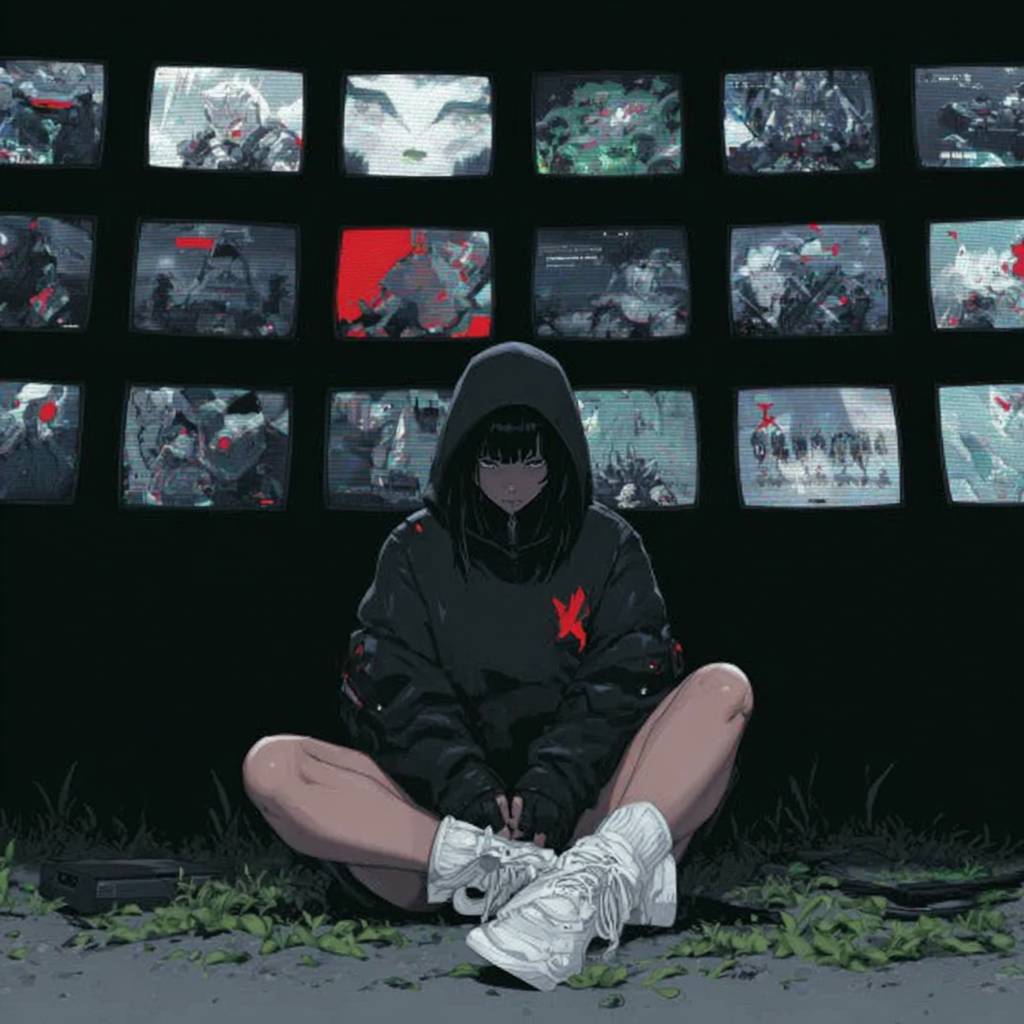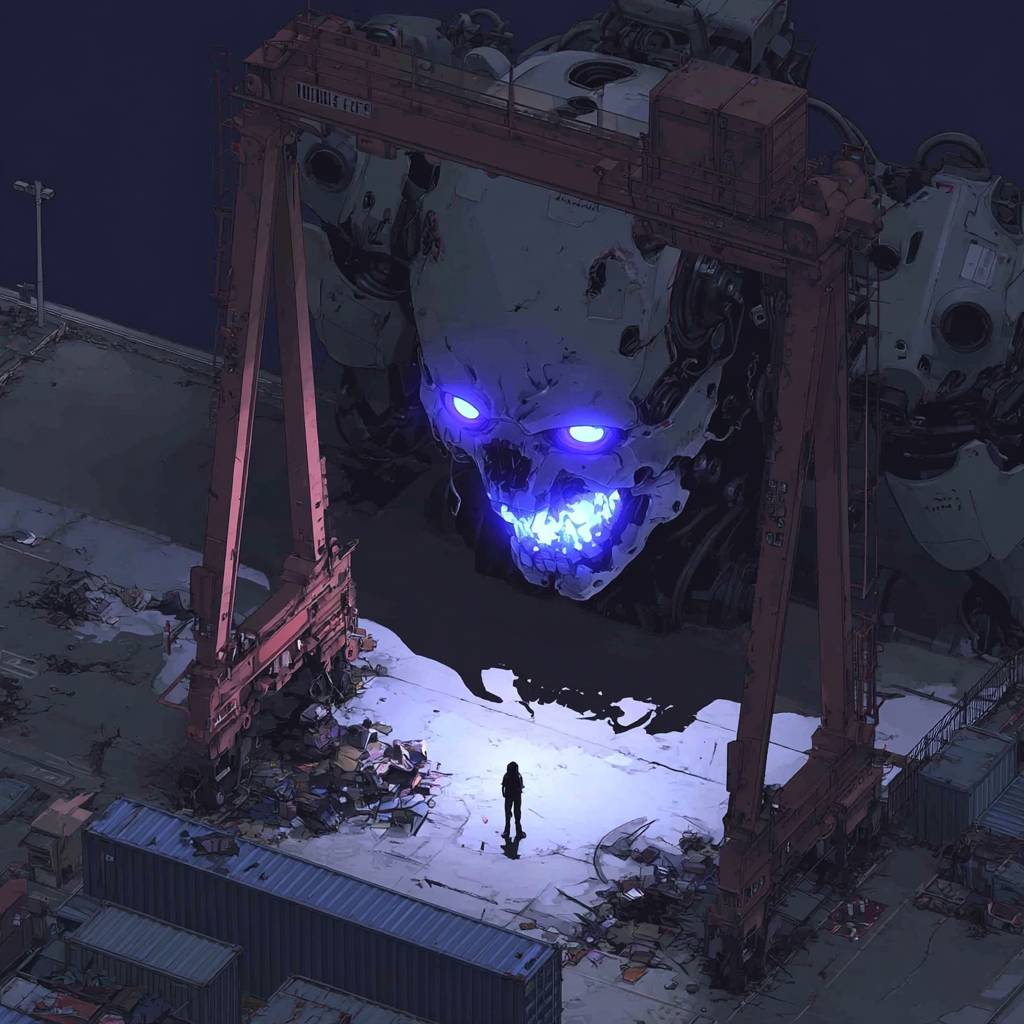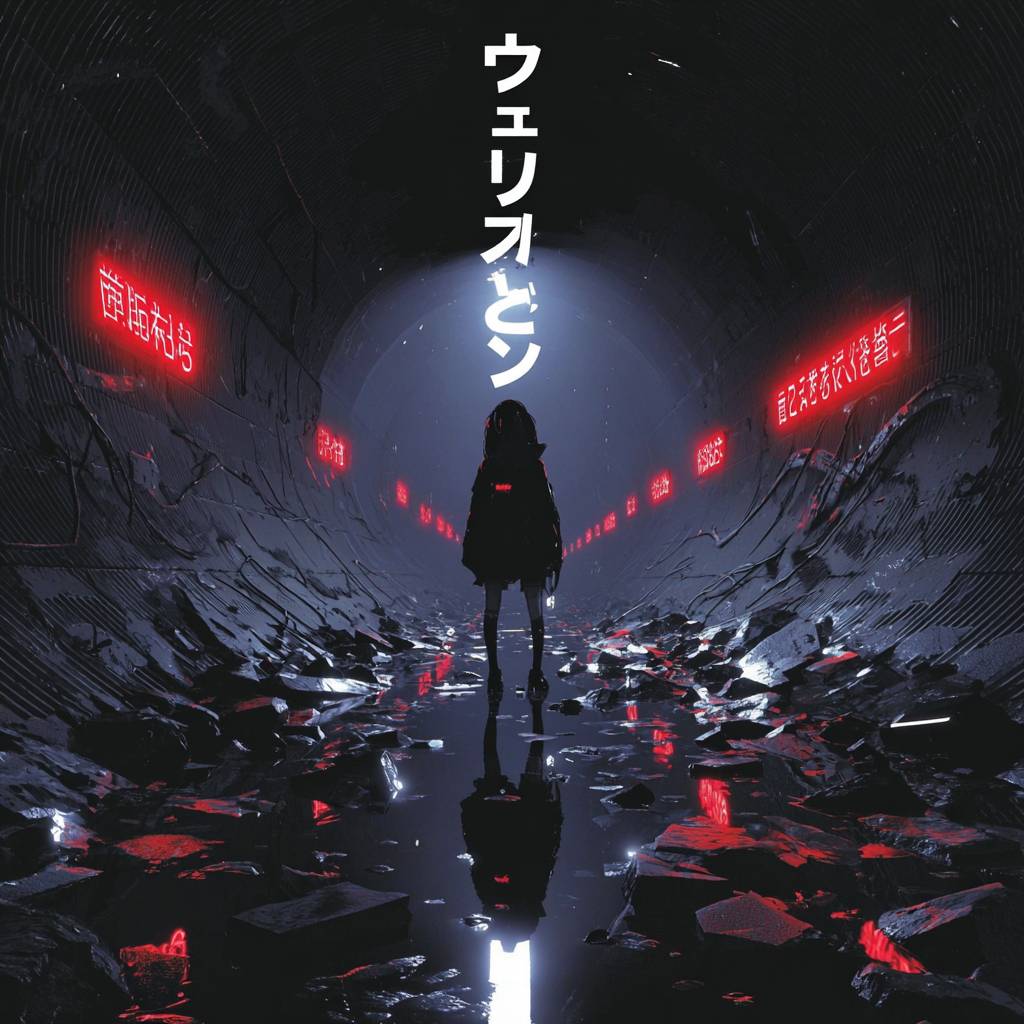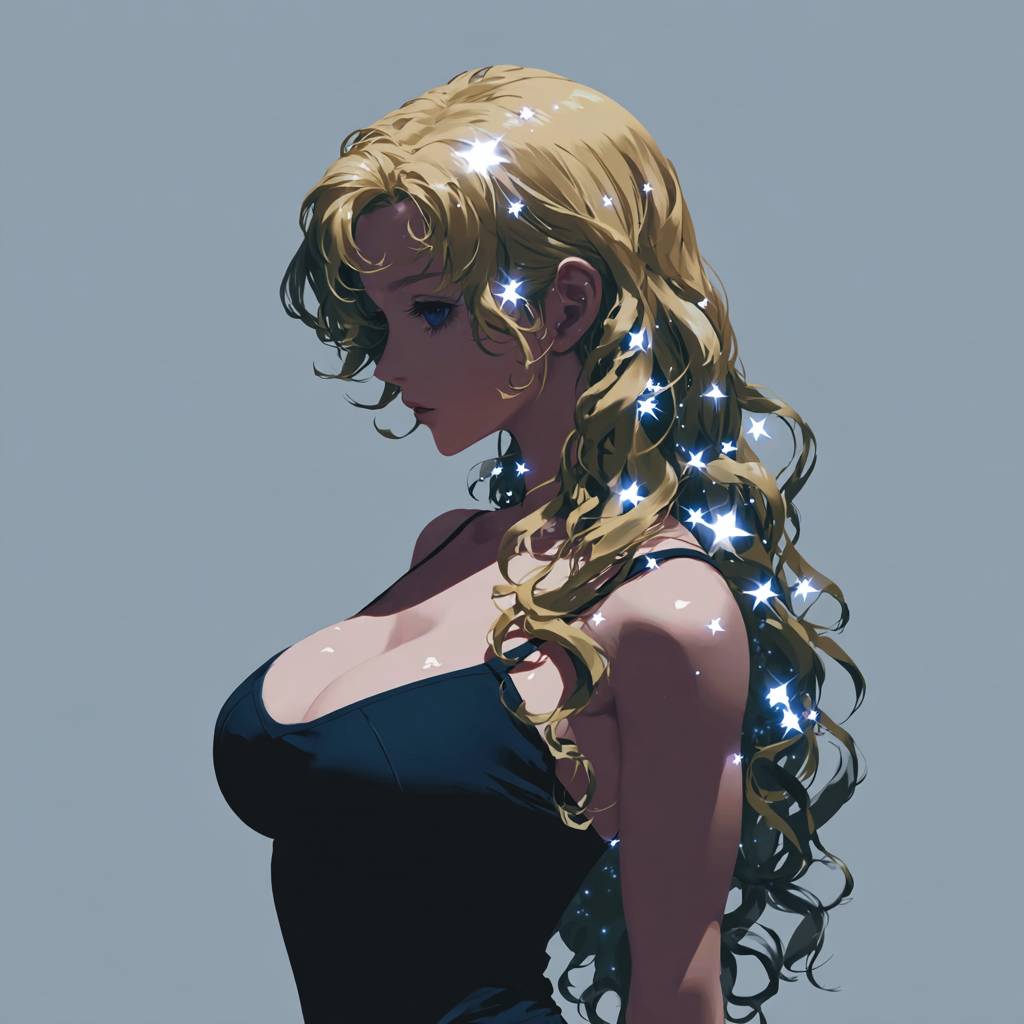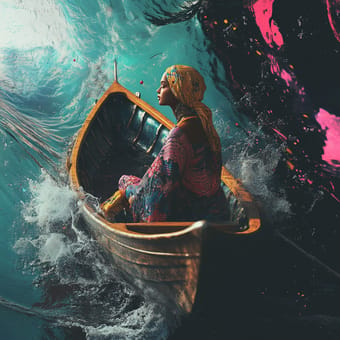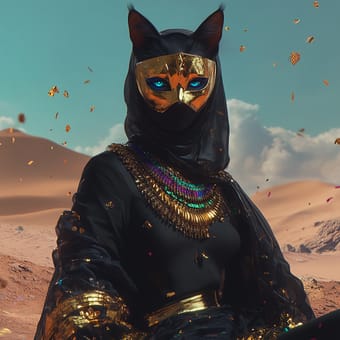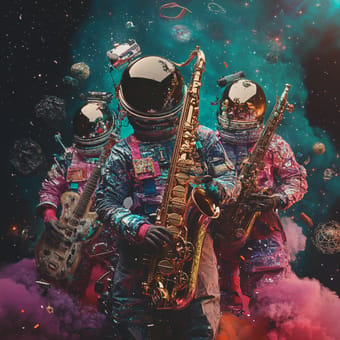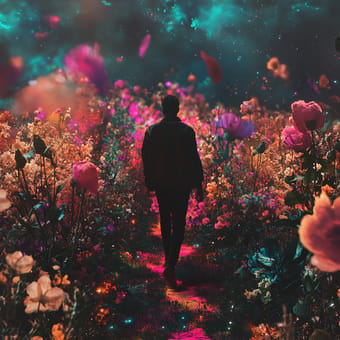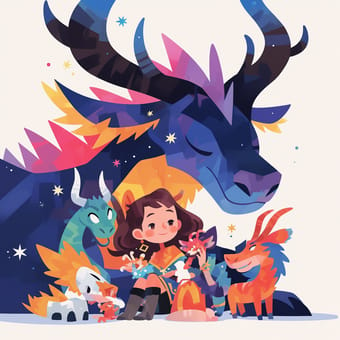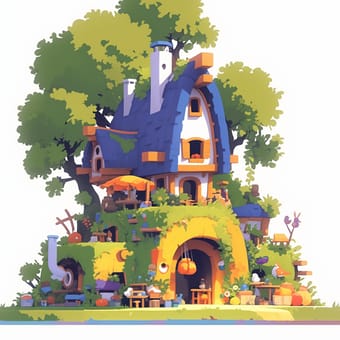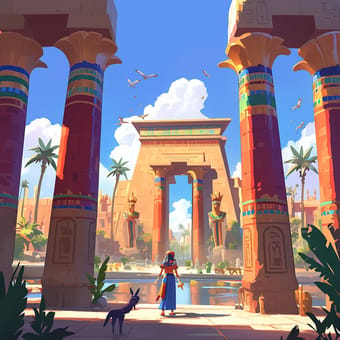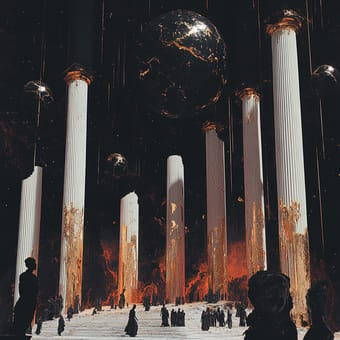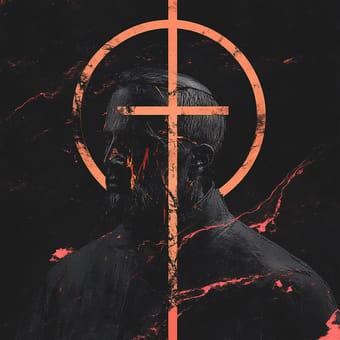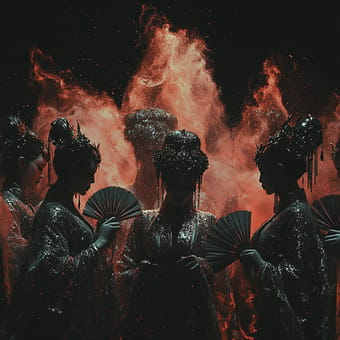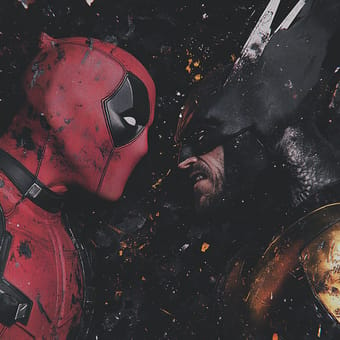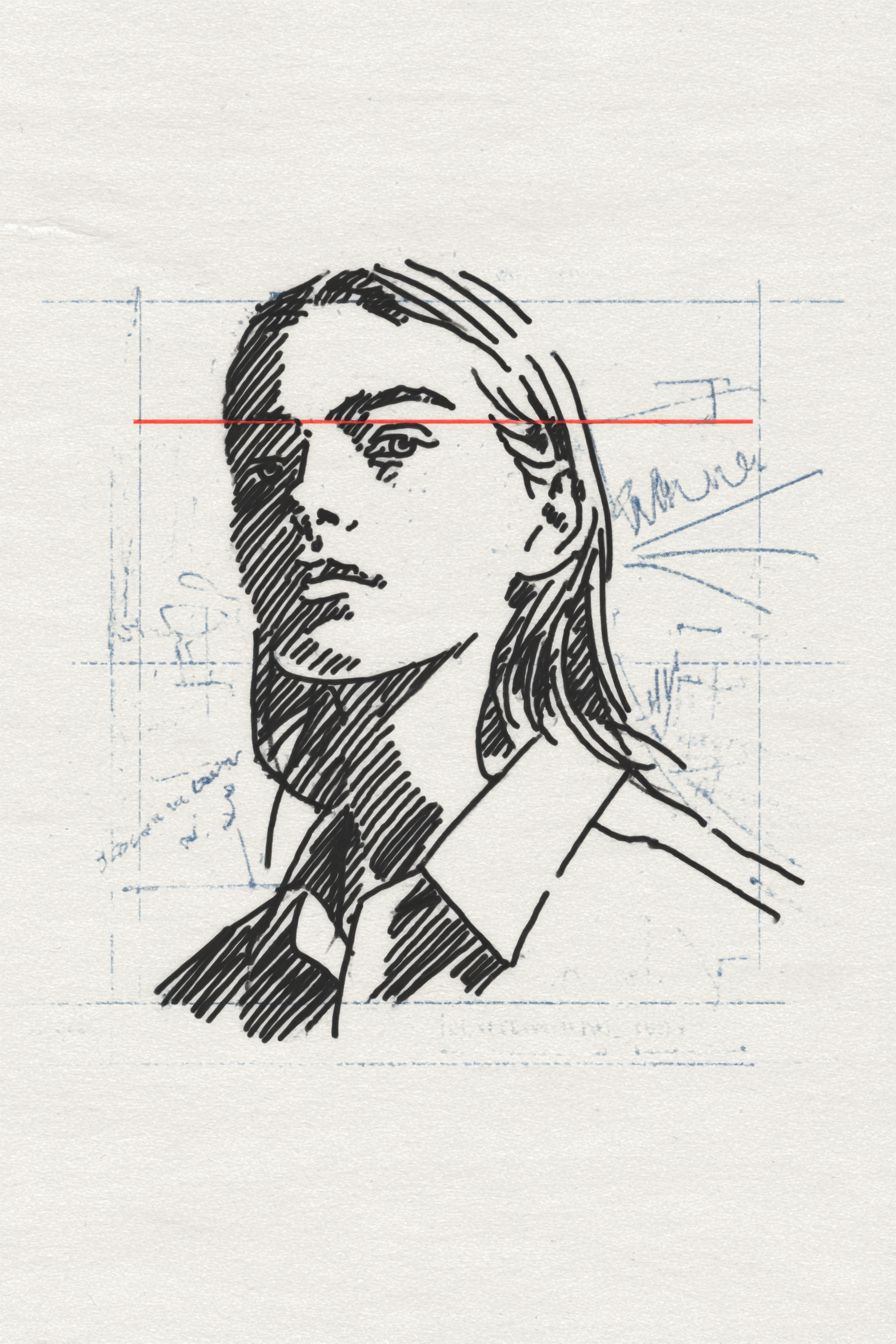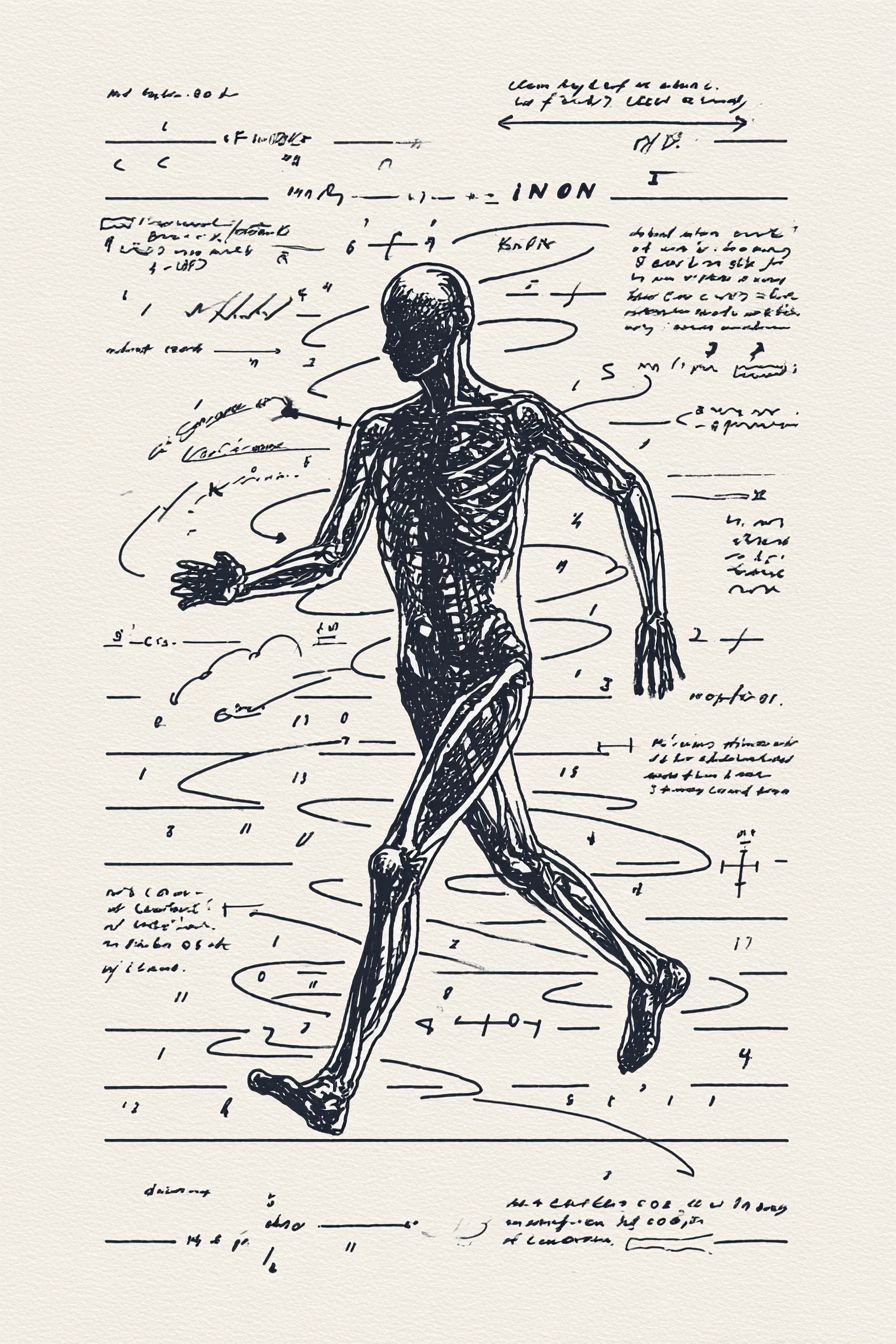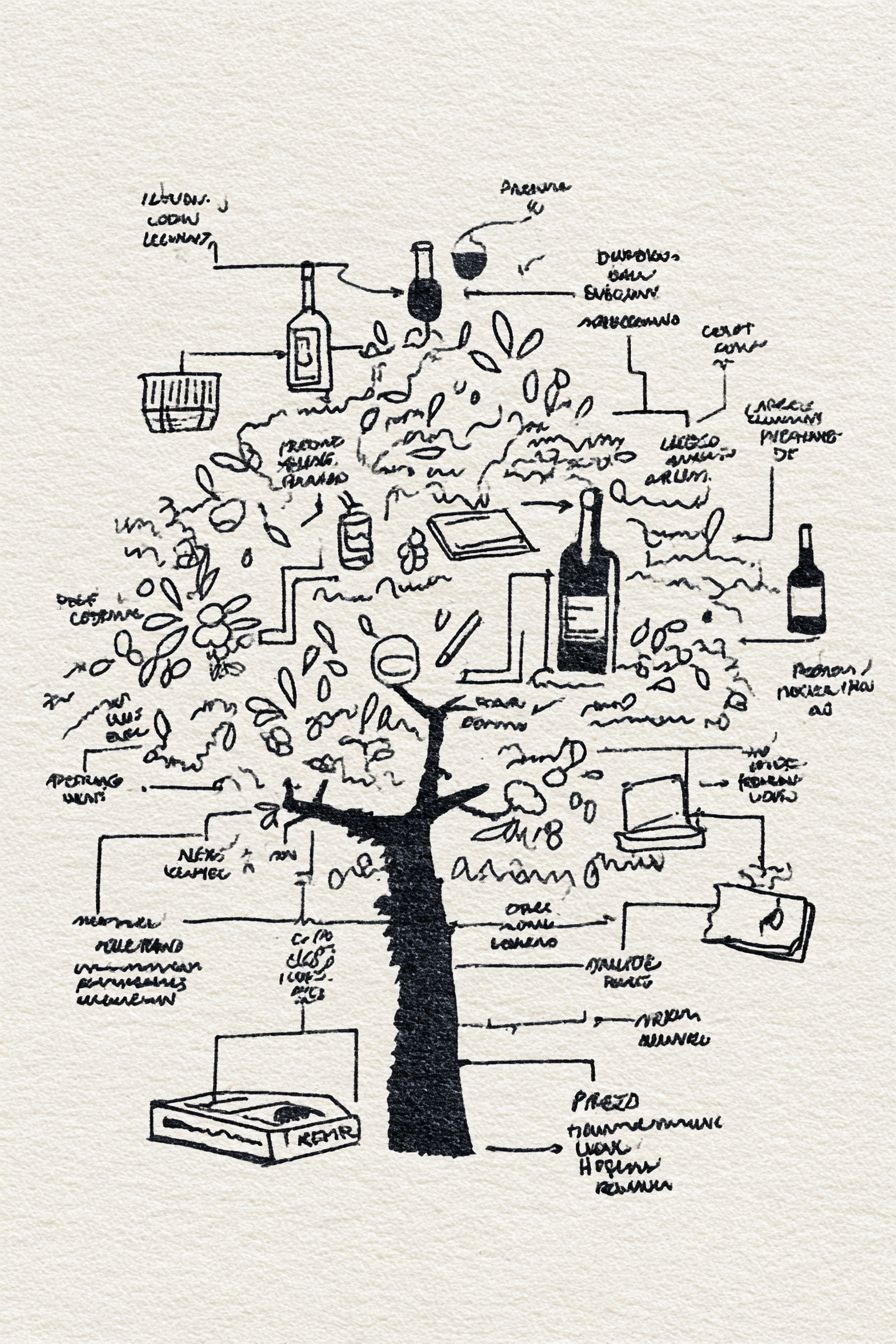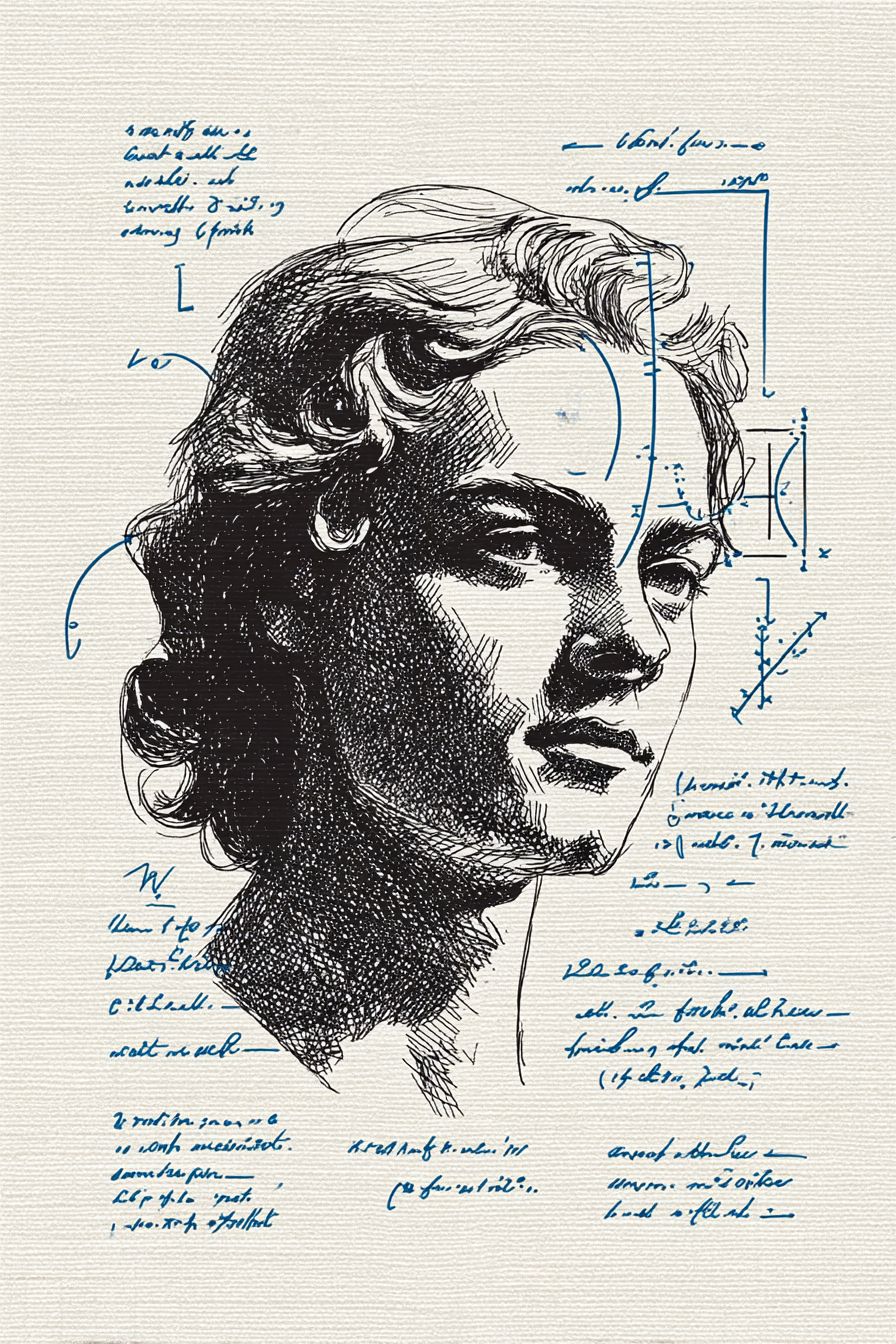Style Type
This SREF style blends two classic aesthetic schools: Cyberpunk and Dark Fantasy. In terms of color usage, it inherits cyberpunk's preference for neon colors and tech-aesthetic atmosphere, while incorporating the mysterious and oppressive emotional expression found in dark fantasy. This style aligns perfectly with the visual language of classic sci-fi works like Ghost in the Shell and Blade Runner, particularly in creating futuristic and apocalyptic atmospheres. We can also see influences from concept art, emphasizing the use of light-shadow contrasts to build dramatic visual tension.
Style Characteristics
The most prominent features of this SREF are strong chiaroscuro contrasts and precise color control. Images generally use dark tones as the foundation, then employ vibrant neon colors (especially blue, red, and purple) as accents and focal points. Light handling is extremely sophisticated, often using single or few light sources to create dramatic illumination effects. This treatment gives images a cinematic quality and the cold, refined beauty of future technology. The overall atmosphere tends toward heavy and mysterious, yet maintains elegance and sophistication, making it particularly suitable for expressing themes of solitude, contemplation, and technological aesthetics.
Recommended Applications
This style is particularly suitable for sci-fi game art design, especially projects set in future worlds or post-apocalyptic themes. It also has strong appeal in movie poster design, particularly for suspense and sci-fi genres. For brand visual design, this style effectively conveys technological sophistication and avant-garde sensibility, making it ideal for tech companies or innovative product promotion. Additionally, digital art exhibitions and concept design are perfect application scenarios for this style, effectively conveying designers' imagination and reflection on future worlds.
Recommended Prompts
- neon lighting: Enhances neon light effects in images, making the technological feel more prominent while adding visual layering
- cinematic mood: Using this can elevate the cinematic quality of images, making compositions more professional and captivating
- atmospheric depth: Adding this element enhances spatial perception and mysterious atmosphere, improving overall artistic expression and emotional depth
 Library
Library